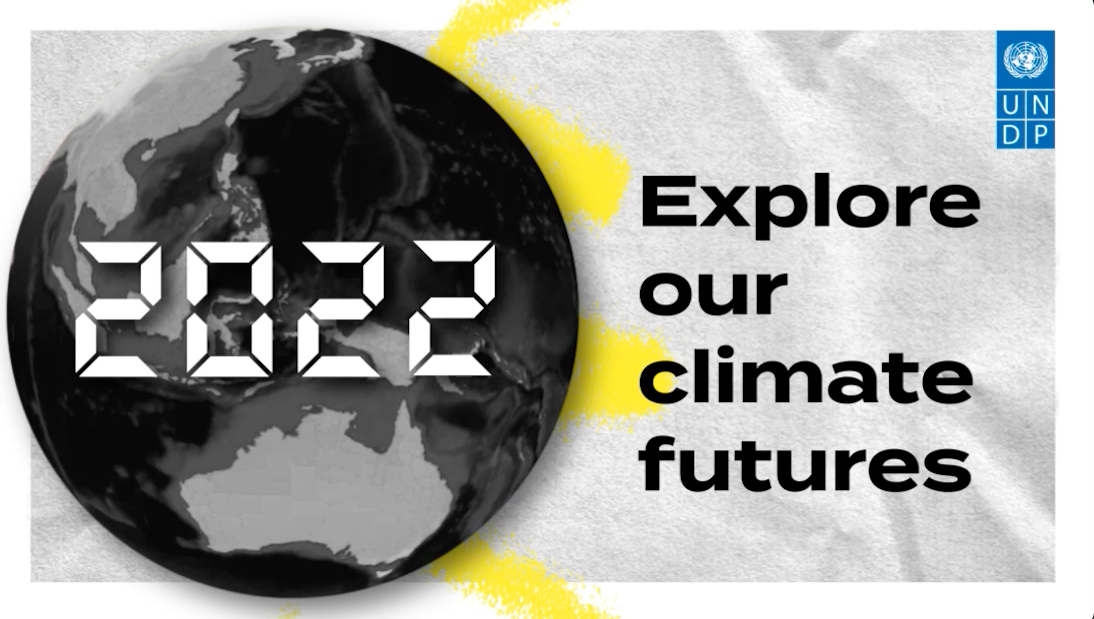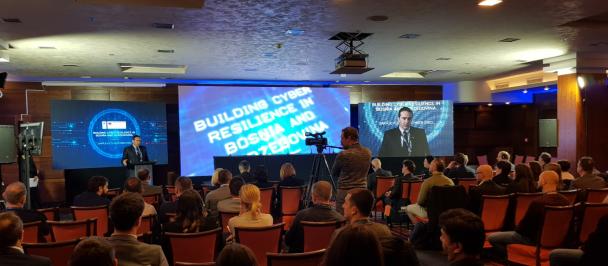Already vulnerable areas set to be hit the hardest, driving an inequality surge in human development unless there is urgent climate action
Climate change could be as deadly as cancer in parts of the world according to new data
November 4, 2022

Without concerted and urgent action, climate change will exacerbate inequalities and widen gaps in human development according to the new Human Climate Horizons platform launched today by the United Nations Development Programme and the Climate Impact Lab. Designed to empower people and decision makers everywhere, it shows what climate change could mean for people’s lives through changes in mortality, the ability to earn a living and energy use.
For example, in Dhaka, the capital of Bangladesh, under a scenario of very high emissions, the additional deaths by 2100 due to climate change (132 in every 100,000 people per year) would be nearly twice Bangladesh’s current annual death rate from all cancers, and 10 times its annual road traffic fatalities.
A comparison of the health impacts of climate change across countries points to a future that intensifies current inequalities: among G20 countries – which account for the majority of cumulative CO2 emissions – a third will experience additional death rates because of climate change. But this surges to nearly three-quarters of the Least Developed Countries, dramatically increasing inequalities over the coming decades.
In 2022, communities in every corner of the globe are witnessing a climate emergency that is hitting much faster and harder than many projected, representing both a threat to our future and a very real risk that must be addressed in the here and now. Focusing on the effect of climate change on issues like mortality, labour and energy use, the new Human Climate Horizons puts vital data and analytics into the hands of policymakers, helping countries to take climate action where it is needed most. For instance, the platform shows that stronger global efforts towards the Paris Agreement’s targets could reduce projected mortality from extreme heat in the year 2100 by more than 80%, saving tens of millions of lives.Achim Steiner, UNDP Administrator
The new data also shows that climate change will increase within-country inequalities. For example, in Barranquilla, a port city in northern Colombia, under a scenario of very high emissions, the additional death rate by 2100 because of warmer temperatures (37 people in every 100,000 per year) is five times greater than Colombia’s death rate from breast cancer each year today. This would widen the gap of death rates due to climate change compared with the capital Bogotá.
The Climate Impact Lab combines global data, big data analytics, and detailed climate models to estimate the costs of climate change — and the benefits of reducing emissions. Grounded on solid research, it shows how the future impacts of climate change disproportionately fall on regions that are the hottest and often the poorest today, exacerbating existing inequality. Fortunately, the world can still change course by aggressively reducing emissions.Sol Hsiang, Chancellor’s Professor of Public Policy at the University of California at Berkeley
The new data shows the need to act quickly, not only to mitigate climate change but also to adapt to its consequences. For instance, in Faisalabad, Pakistan, even with moderate mitigation, additional deaths due to climate change would average 36 per 100,000 people each year between 2020-2039. Without substantially expanding adaptation efforts, Faisalabad could expect annual climate change-related death rates to nearly double, reaching 67 deaths per 100,000 by mid-century. An increment almost as deadly as strokes, currently Pakistan’s third leading cause of death.
As we face the punishing impacts of global climate change it can be easy to wonder whether efforts to reduce emissions by individual countries, states, or cities really make a difference. This platform shows the direct role these efforts play in shaping our collective future.Hannah Hess, Associate Director at Rhodium Group
Projections of human development impacts of climate change help to understand what the more dangerous world that we are likely to confront means for people’s lives and their human security. But we should remember that the future is not predetermined. These hyper-localized projections empower people to make decisions, from signaling the urgency of reducing emissions, to spotlighting emerging inequalities in human development, to, ultimately, helping communities, governments, insurers and other financial actors to act.Pedro Conceição from the Human Development Report Office
Freely available on the eve of COP27, the new platform opens access to an evolving stream of research to help inform action to reduce the unequal effects of rising global greenhouse gas emissions.
About the Human Climate Horizons Data and Insights Platform
HumanClimateHorizons (HCH) is a data and insights platform providing localized information on future impacts of climate change across several dimensions of human development. It is open access and scalable digital public good – a window to possible futures – fed by an evolving stream of multidisciplinary frontier research. It is the result of joint work of the Climate Impact Lab and the UNDP’s Human Development Report Office.
HCH also offers anyone a window into climate change through localized temperature data: users can, in many cities, explore how much more extreme the climate might become and what that will mean for their future and their children’s. Estimates are built around expert projections for income and population growth, future greenhouse gas emissions, and simulations from 33 climate models, and so they are state of the art and freely available. The analysis is rigorous. It has been reviewed and published by top academic journals including Nature and the Quarterly Journal of Economics. The full set of projections can be downloaded and will empower researchers and policy analysts to develop their own insights.
Providing hyperlocal coverage for more than 24,000 regions worldwide, two different policy scenarios and time horizons through the end of 21st century, the platform provides empirically grounded data on the potential human costs of climate change. Its first release covers the effects of climate change on mortality, labor and energy use. The modeling will soon cover much more including climate change’s impacts on coastal communities, food production and damage to infrastructure.

 Locations
Locations

